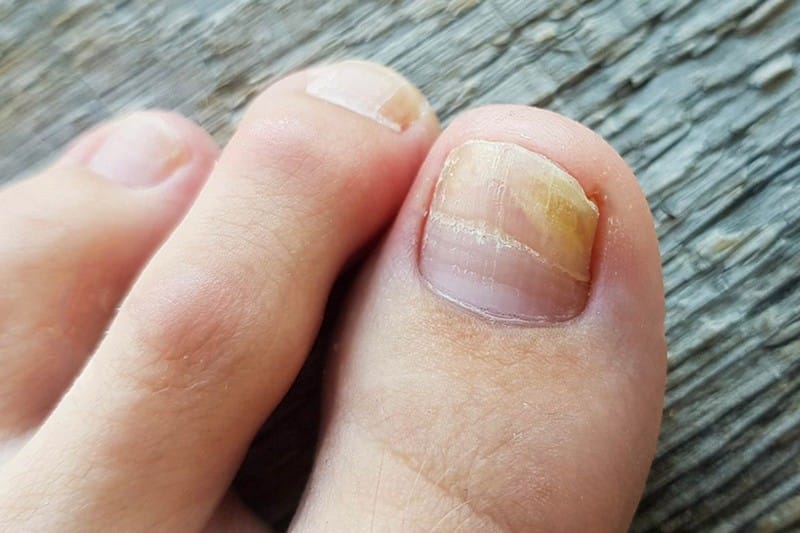Onychomycosis was initially defined as a specific condition, but the term has now evolved to include any nail fungus infection. On the other hand, tinea pedis refers to a fungal infection that only affects the skin. Cuts or chips in the nail or skin are common entry points for any toenail fungus. Nail discoloration, thickness, fragility, and cracking are all possible side effects of a fungal infection. In addition, the nail might get dislodged from the nail bed.
Despite its significant impact, onychomycosis is often disregarded as a cosmetic disease of minor significance. Tinea unguium refers mainly to an invasion of the nail plate by dermatophytes. These fungi feed off keratin to thrive and can infect the skin, hair, and nails. Increases in the prevalence of fungal nail infections or onychomycosis may be traced back to many factors of the 20th century, including war, the contemporary health movement, the use of occlusive footwear and locker rooms, and migration.
An individual’s mental, social, and occupational health may all be negatively impacted by onychomycosis, and the condition also requires extensive medical attention. A person suffering from this condition may have feelings of shame in social and professional contexts. Toenail fungi are notoriously difficult to treat medically due to their lengthy recovery and the nail’s fard protective plate.
Distal Subungual Onychomycosis

Between 58 and 84 percent of all cases of onycholysis are characterized by distal subungual onychomycosis. It manifests as a yellow enlargement of the distal nail, which affects the hyponychium and the nail bed. It is characterized by a jagged proximal edge of the onycholytic region and yellow-white spikes that extend into the proximal nail plate.
Proximal advancement may be more established, and yellow spots and dermathophytoma are more noticeable. A green discoloration indicates subsequent colonization by pseudomonas. This condition causes the nail to become thick and brittle, with common discoloration and subungual hyperkeratosis. The nail plate in the proximal subungual form gets white up close to the cuticle. This symptom is more common in individuals with a compromised immune system. Nails become discolored and brittle in white superficial onychomycosis, whereas the nail plate lifts away from the nail bed in candidal onychomycosis.
Toenails, fingernails, or both may develop distal subungual onychomycosis. Tinea on the feet are nearly always present, even if very mildly. This fungus enters the nail bed and bottom of the nail plate via the hyponychium and spreads proximally through the nail matrix. A possible dominant heredity factor exists for families susceptible to distal onychomycosis.










